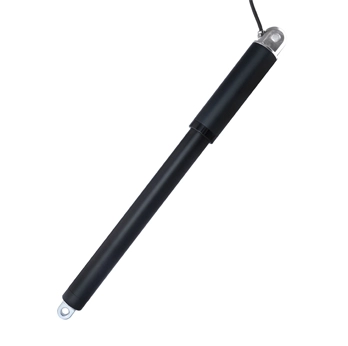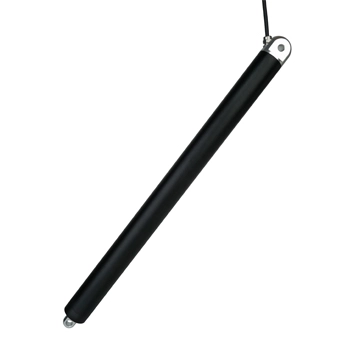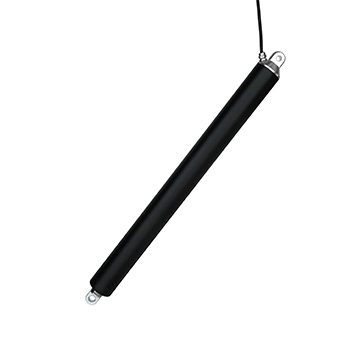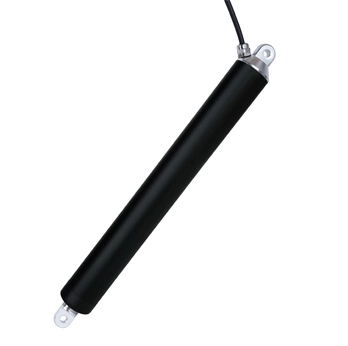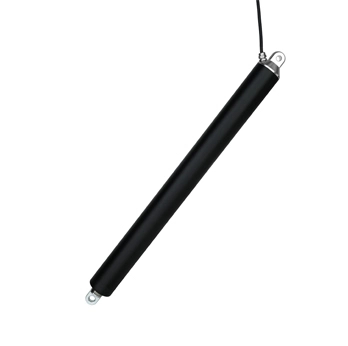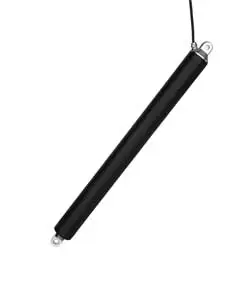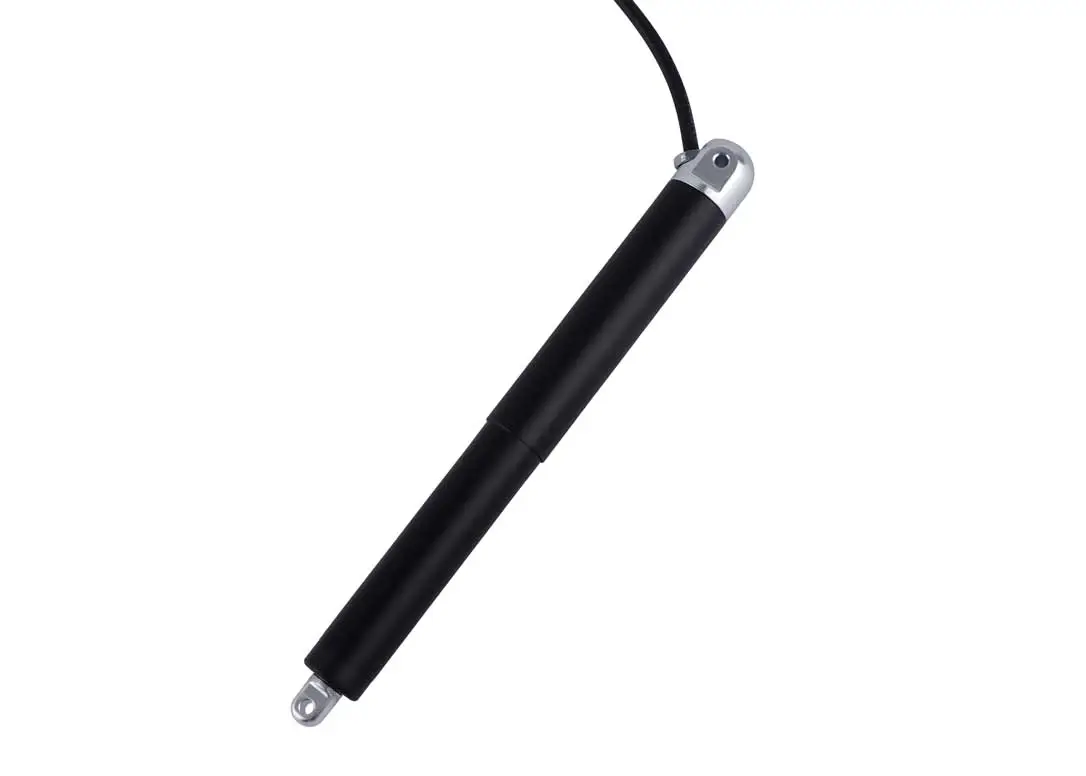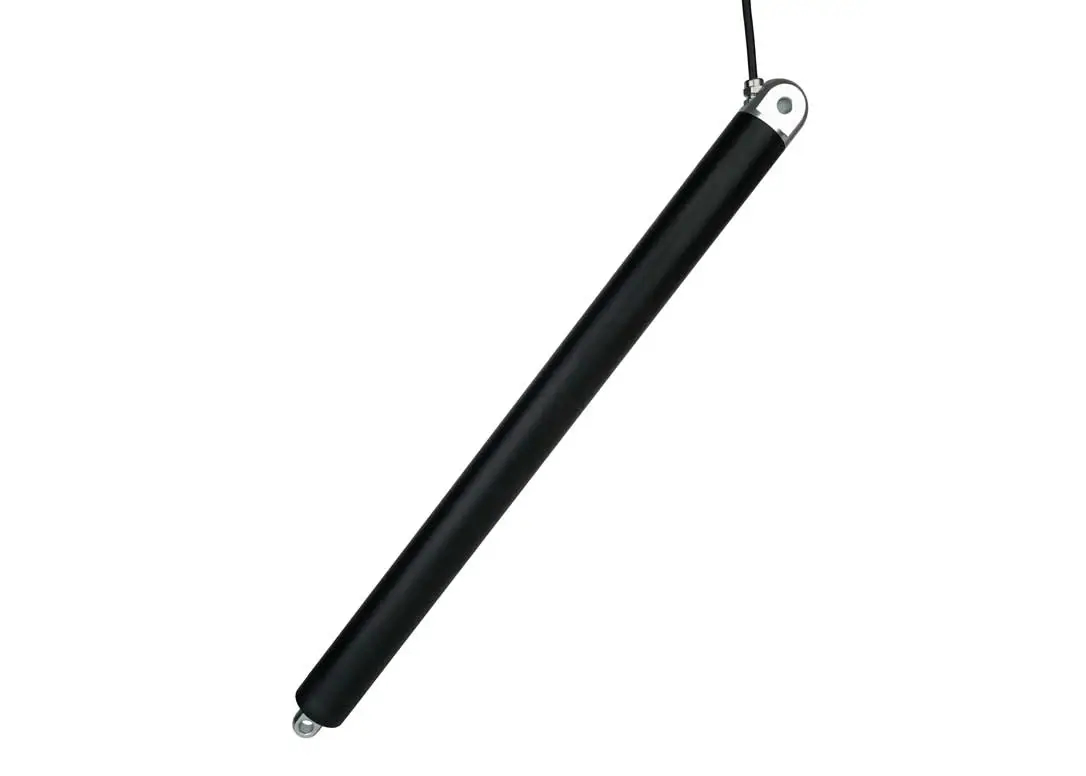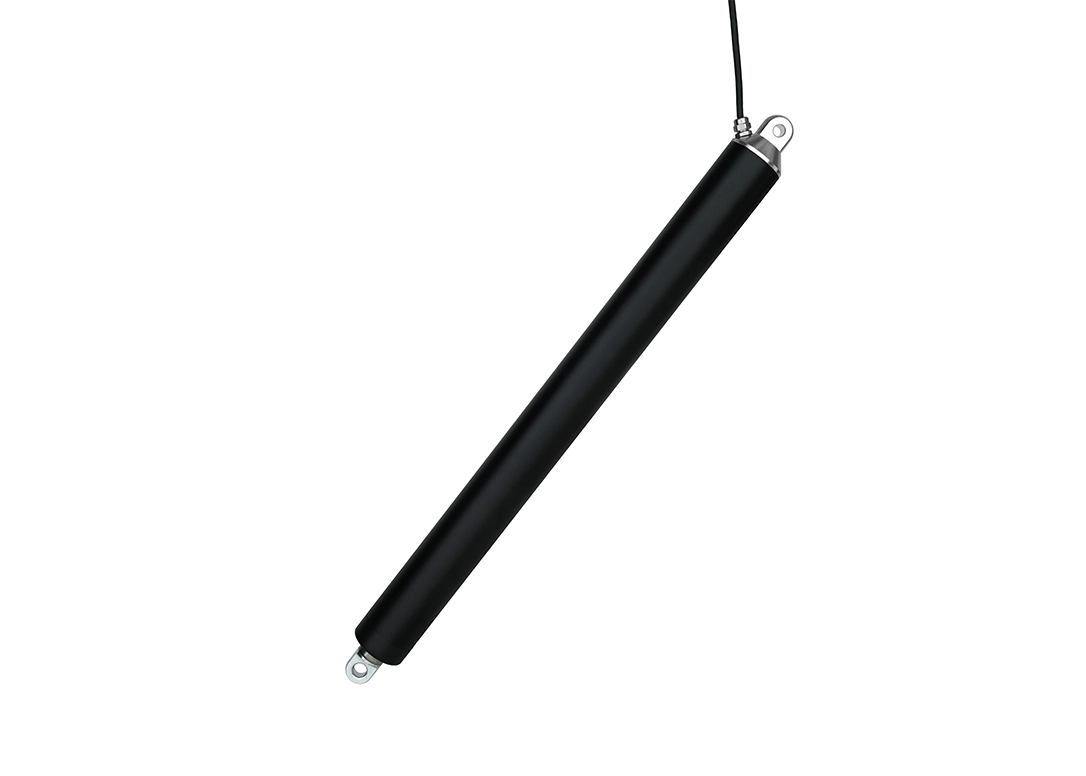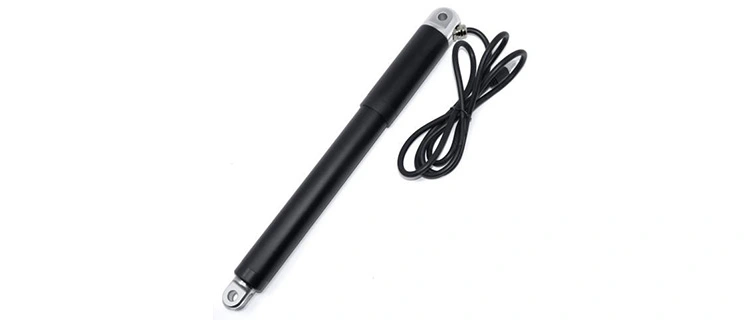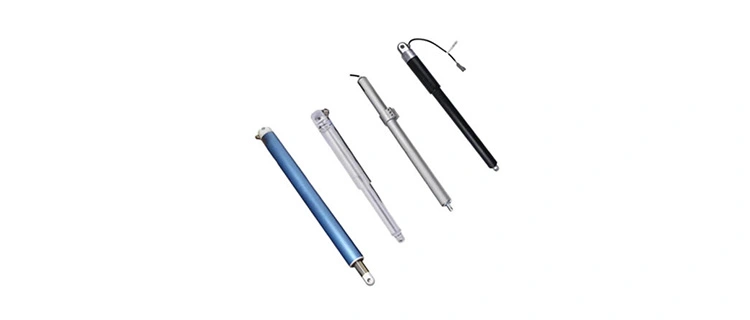As the demand for subsea exploration and operations continues to grow, the importance of reliable and efficient subsea linear actuators cannot be overstated. These devices play a crucial role in controlling various subsea equipment, such as valves, chokes, and other components, ensuring smooth and precise operations even in challenging underwater environments. In this blog, we will discuss the key design considerations for subsea linear actuators, focusing on the specialized needs of this unique application.
Waterproofing and Sealing
One of the primary challenges of subsea environments is the presence of water and other corrosive elements that can potentially damage the internal components of linear actuators. Therefore, it is crucial to ensure that the actuator is properly sealed and waterproofed to prevent water ingress and protect sensitive electronic and mechanical parts. Jointway Leader's subsea linear actuators are equipped with advanced sealing mechanisms and materials that can withstand the harshest underwater conditions, ensuring long-term reliability and performance.
Pressure and Depth Rating
Subsea linear actuator is often subjected to high pressures and extreme depths, which can put significant stress on their structural integrity and performance. It is essential to design actuators that can withstand these challenging conditions without compromising their functionality. Jointway Leader's subsea linear actuators are designed and tested to meet stringent pressure and depth ratings, ensuring reliable operation even at deep-sea locations.
Material Selection and Corrosion Resistance
Another critical consideration for subsea linear actuators is the selection of materials that can withstand corrosion and erosion caused by saltwater and other harsh chemicals present in the underwater environment. Stainless steel and other corrosion-resistant alloys are commonly used in the construction of subsea actuators to ensure long-term durability and performance. Jointway Leader's subsea linear actuators are made from high-quality materials that offer excellent corrosion resistance, ensuring extended service life in subsea applications.
Maintenance and Reliability
Maintenance is often a challenging aspect of subsea operations, as accessing and servicing underwater equipment can be time-consuming and costly. Therefore, it is essential to design subsea linear actuators that require minimal maintenance and offer reliable performance over an extended period. Jointway Leader's subsea linear actuators are designed with robust and durable components that require minimal maintenance, reducing downtime and increasing operational efficiency in subsea applications.
In conclusion, subsea linear actuators play a crucial role in controlling various subsea equipment, and their design must take into account the unique challenges of underwater environments. Jointway Leader's subsea linear actuators are designed with advanced waterproofing, pressure and depth ratings, corrosion-resistant materials, and reliable performance in mind, making them an ideal choice for subsea applications. By considering these key design considerations, companies can ensure the successful deployment and operation of subsea linear actuators in various subsea applications.
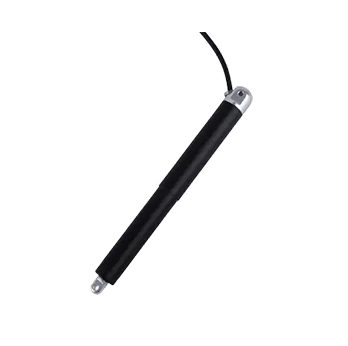 DDTG-16 Micro Tubular Linear Actuator
DDTG-16 Micro Tubular Linear Actuator
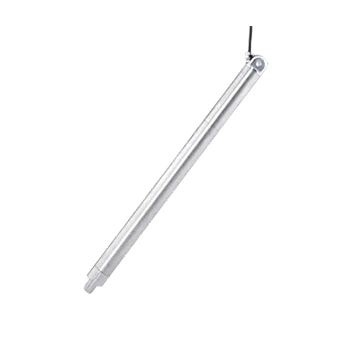 DDTG-28 Micro Tubular Linear Actuator
DDTG-28 Micro Tubular Linear Actuator
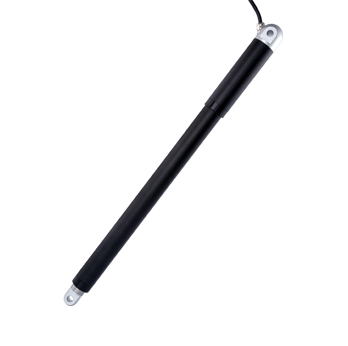 DDTG-38 Micro Tubular Linear Actuator
DDTG-38 Micro Tubular Linear Actuator

